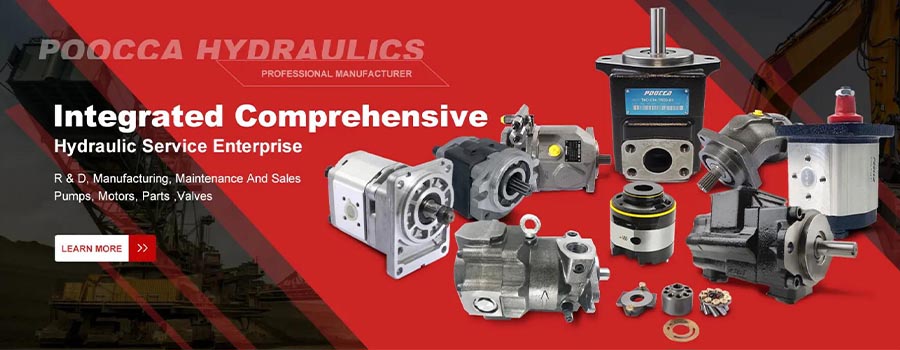In the dynamic world of hydraulics, selecting the right pump type is critical to ensuring optimal performance and efficiency for a wide range of applications. From gear pumps to piston pumps and vane pumps, understanding the different pump types and their suitability for specific tasks is essential for hydraulic professionals and end-users alike.
Today, we delve into the intricacies of choosing the ideal pump type, exploring key considerations, benefits, and applications. Whether you are a seasoned hydraulic expert or a newcomer to the industry, this comprehensive guide will equip you with the knowledge to make informed decisions when it comes to pump selection.
Analyzing Requirements: The first step in choosing a pump type is to assess the specific requirements of your hydraulic system. Factors such as flow rate, pressure, temperature, and fluid viscosity play a crucial role in determining the most suitable pump type for your application.
Gear Pumps: Among the most commonly used pump types, gear pumps offer simplicity, reliability, and cost-effectiveness. With their ability to handle a wide range of fluids, gear pumps find applications in industries like automotive, agriculture, and construction.
Piston Pumps: Ideal for high-pressure applications, piston pumps offer superior performance and precision. Their efficiency makes them popular in industrial and mobile hydraulic systems, where precise control and power are essential.
Vane Pumps: Known for their quiet operation and low noise levels, vane pumps are suitable for various industrial applications, including plastic molding machines and machine tools.
Radial vs. Axial: Understanding the difference between radial and axial pumps is crucial. Radial pumps are compact and work well in space-constrained environments, while axial pumps excel in applications requiring high flow rates and efficiency.
Fixed vs. Variable Displacement: Another critical consideration is whether to opt for a fixed or variable displacement pump. Fixed displacement pumps provide a constant flow rate, while variable displacement pumps allow for adjustable flow rates, optimizing energy consumption.
Contamination and Filtration: The presence of contaminants in the hydraulic system can significantly impact pump performance. Proper filtration and contamination control are vital to ensuring the longevity and efficiency of the chosen pump type.
Temperature and Environment: Environmental factors, such as operating temperature and exposure to harsh conditions, should be carefully evaluated to ensure the selected pump type can withstand the demands of the application.
Maintenance and Serviceability: Assessing the ease of maintenance and availability of spare parts for the chosen pump type is essential for minimizing downtime and ensuring long-term reliability.
Seek Expert Advice: When in doubt, consult with hydraulic experts and manufacturers who can offer valuable insights and recommendations based on their experience and industry knowledge.
In conclusion, choosing the right pump type is a critical decision that significantly impacts the performance and efficiency of hydraulic systems. By carefully analyzing requirements, considering pump types, and seeking expert advice, hydraulic professionals and end-users can make well-informed decisions that lead to successful hydraulic applications.
As technology advances and the hydraulic industry continues to evolve, staying updated on the latest pump types and their capabilities remains essential. By harnessing the power of the right pump type, the hydraulic industry can continue to drive innovation and meet the demands of diverse applications across various sectors.
Post time: Jul-27-2023





